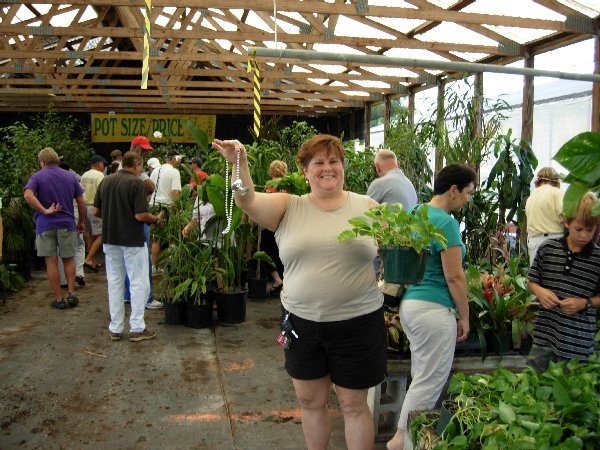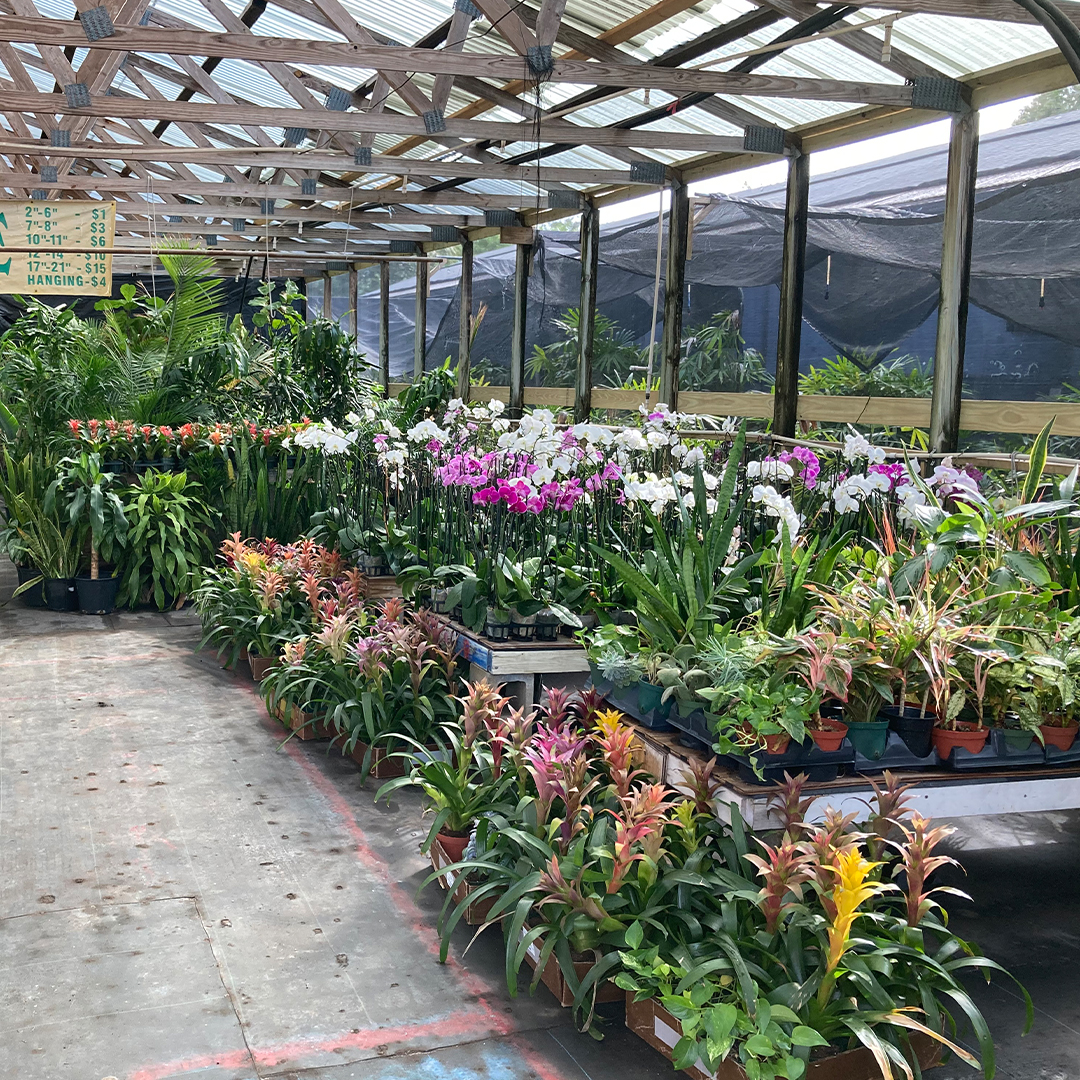An Easy Guide to Cultivating Plants
Growing plants indoors can be a rewarding experience, even if you think you have a “black thumb.” With the right approach, you can turn your indoor space into a thriving garden. At Tropex, we work with businesses, retail establishments, and medical facilities to install beautiful plant displays – but if you’d like to try cultivating plants on your own, here are some of our favorite tips to help you nurture your plants successfully.

- Choose Low-Maintenance Plants
Start with plants known for their resilience and ease of care. Some great options include:Snake Plant (Sansevieria): Tolerates low light and infrequent watering.
ZZ Plant (Zamioculcas zamiifolia): Thrives in a variety of lighting conditions and requires minimal water.
Pothos (Epipremnum aureum): Adaptable to different light levels and forgiving if you forget to water. - Understand Light Requirements
Different plants have different light needs. Here’s a simple breakdown:
Low Light: Snake Plants, ZZ Plants, Pothos.
Medium Light: Peace Lilies, Spider Plants.
Bright Light: Succulents, Cacti.
Place your plants in the appropriate spot based on their light requirements. If natural light is limited, consider using grow lights to supplement. - Water Wisely
Overwatering is a common issue when cultivating plants. Check soil moisture before watering; most plants prefer to dry out between waterings. Use pots with drainage holes to prevent water from accumulating at the bottom. - Use Quality Potting Soil
Invest in a good potting mix suited for indoor plants. Standard potting soil works for most, but specific types are available for succulents, orchids, or other specialized plants. - Maintain Proper Humidity
Indoor environments can be dry, especially in winter. Many plants, like ferns and tropical species, thrive in higher humidity. Use a humidity tray or a small humidifier to keep the air moist. Grouping plants together can also help increase humidity. - Fertilize Correctly
Indoor plants benefit from regular feeding, but be cautious not to over-fertilize. Use a balanced, water-soluble fertilizer, and follow the manufacturer’s instructions. Generally, feeding once a month during the growing season (spring and summer) is sufficient. - Ensure Good Air Circulation
Proper airflow helps prevent fungal diseases and keeps plants healthy. Avoid placing plants in overly crowded spaces and ensure they have some space around them for air to circulate. - Repot When Needed
As plants grow, they may outgrow their pots. Repotting helps provide more space for roots and refreshes the soil. Look for signs like roots coming out of the drainage holes or stunted growth as indicators that it’s time to repot. - Prune Regularly
Pruning helps keep plants healthy by removing dead or diseased leaves and promoting new growth. It also prevents plants from becoming leggy or overgrown. Use clean, sharp scissors or pruning shears to avoid damaging the plant. - Monitor for Pests
Indoor plants can still attract pests like spider mites, aphids, or mealybugs. Regularly check your plants for signs of pests and treat any infestations promptly. Natural remedies include washing plants with mild soap and water or using neem oil. - Learn from Your Plants
Pay attention to your plants’ signals. Yellowing leaves might indicate overwatering while browning edges could mean low humidity. Each plant is different, so it is crucial to observe and adjust care based on its specific needs. - Start Small
Begin with a few plants and gradually expand as you become more comfortable with indoor gardening. Starting with just a few low-maintenance varieties allows you to build confidence and experience. - Educate Yourself
Read up on plant care or join online forums and local gardening groups. Many resources are available to help you better understand your plants and troubleshoot any issues you encounter. - Be Patient and Persistent
Indoor gardening is a learning process. Don’t get discouraged by setbacks. Plants are resilient, and with time, you’ll develop the skills and confidence needed to keep them thriving.
Tropex Can Help
Whether you need potted plants for your conference room or a living wall for your lobby, the experts at Tropex are here to help you create amazing indoor gardens and displays of greenery. If you have a “black thumb,” there is no need to try cultivating plants on your own – call Tropex for your next party, conference, or holiday display.


